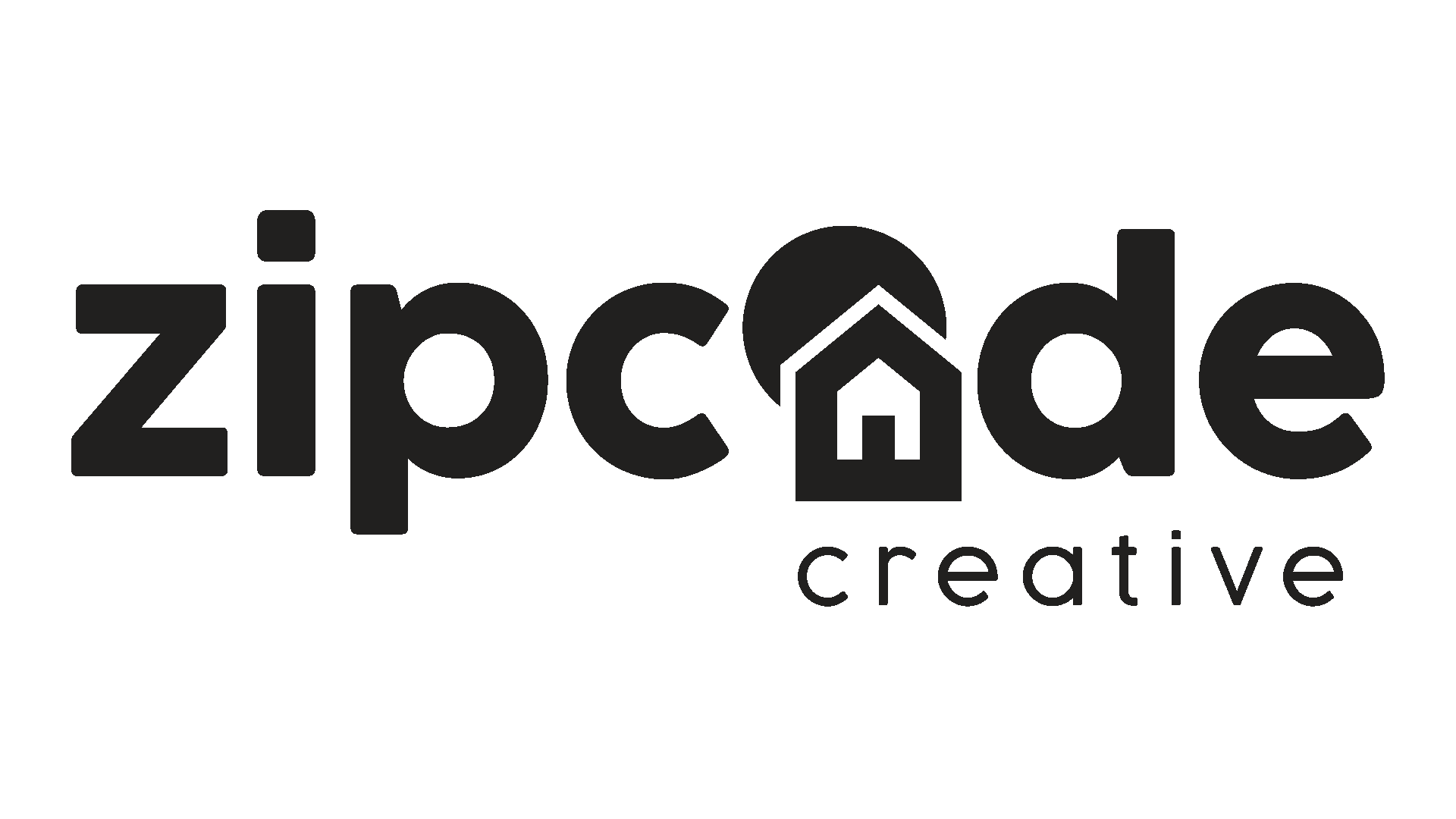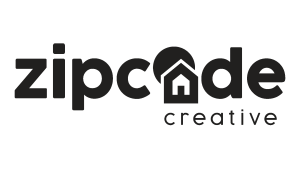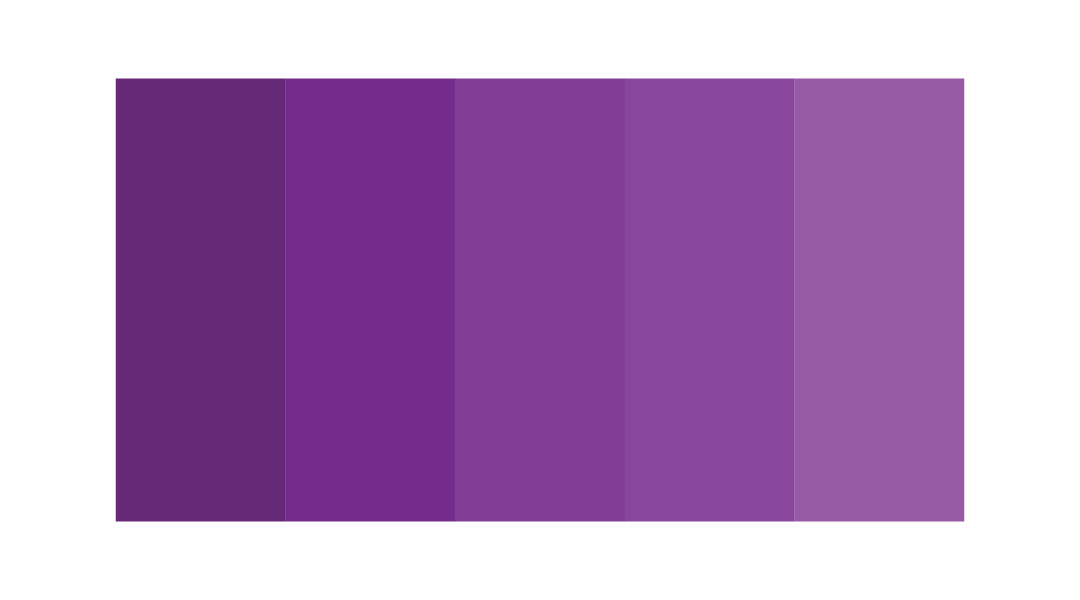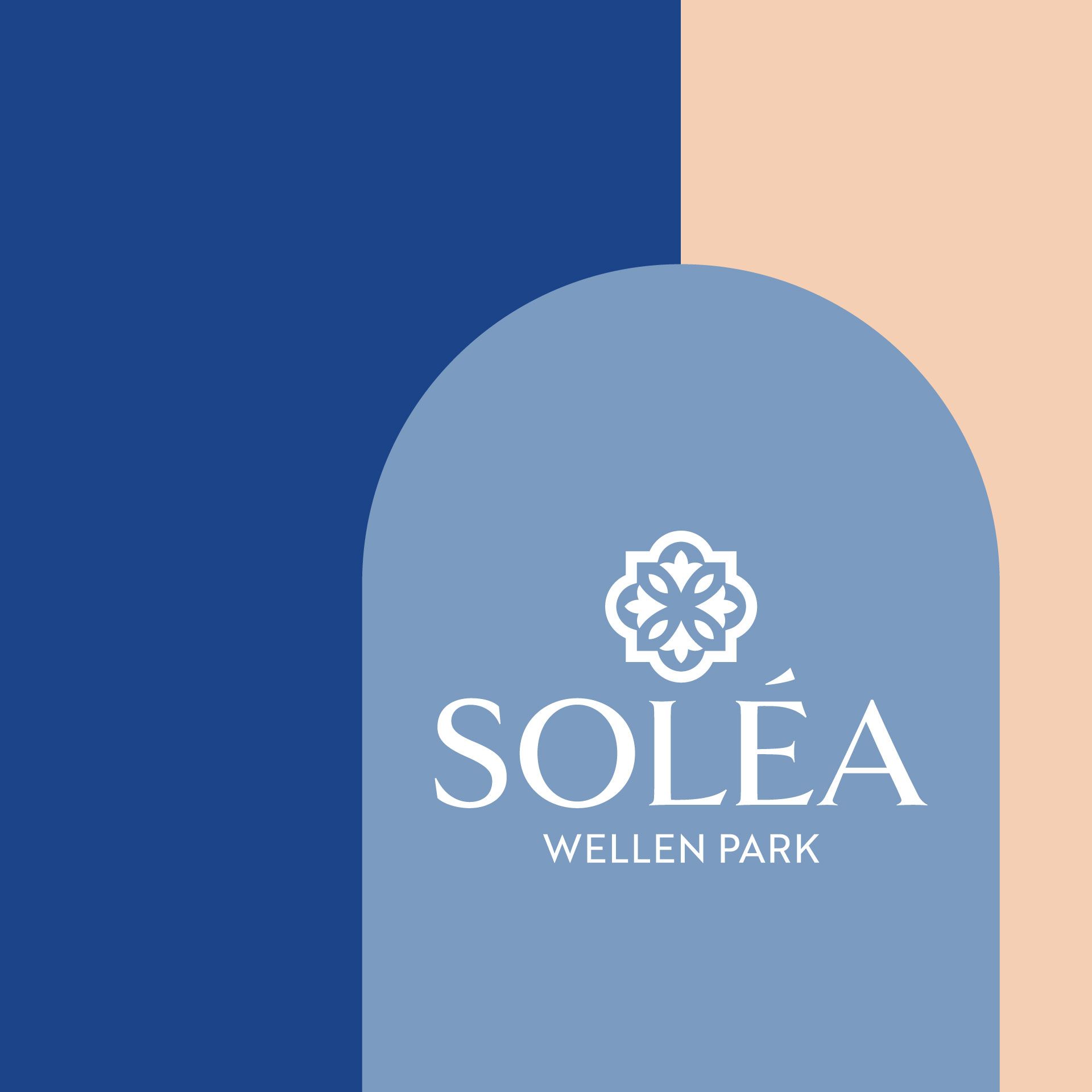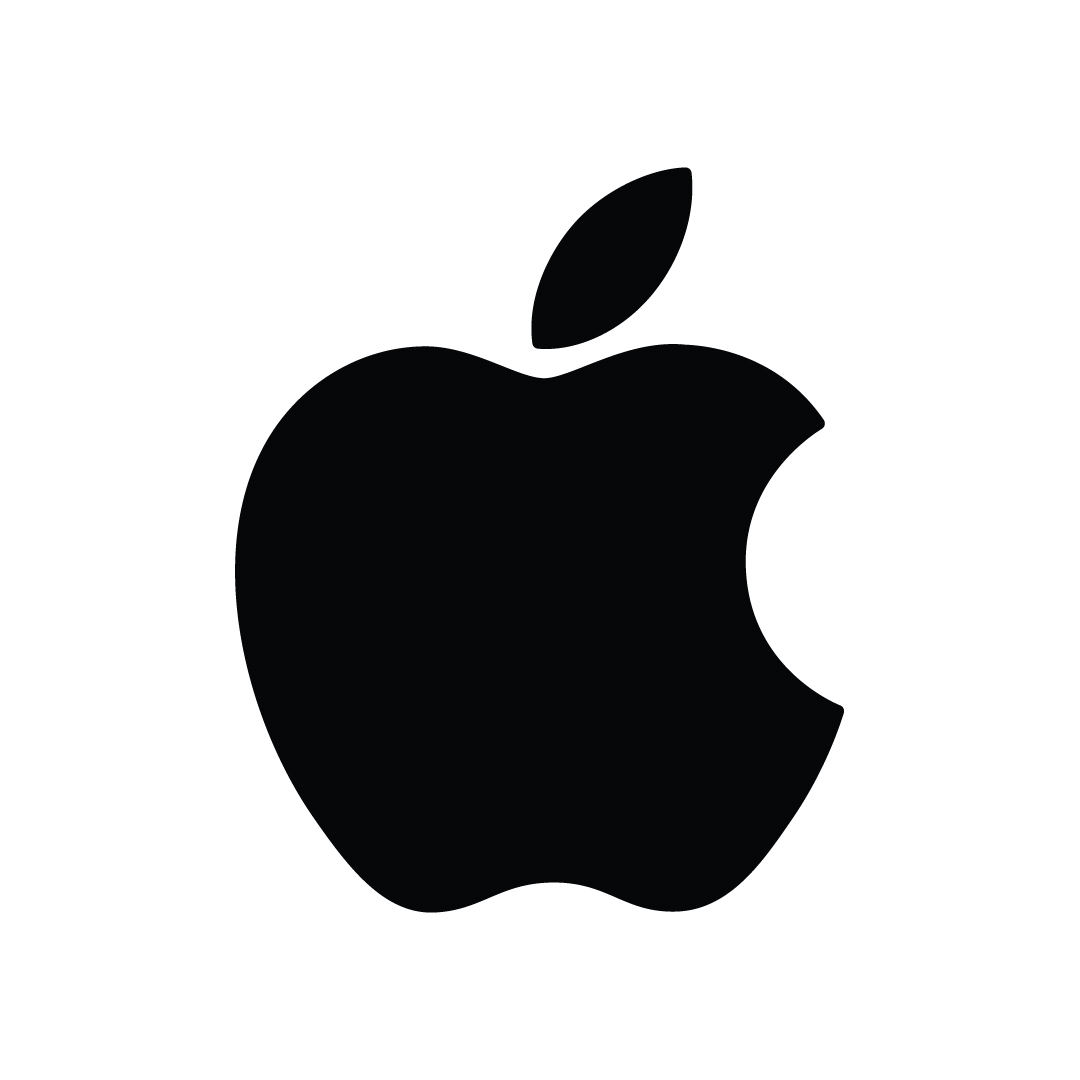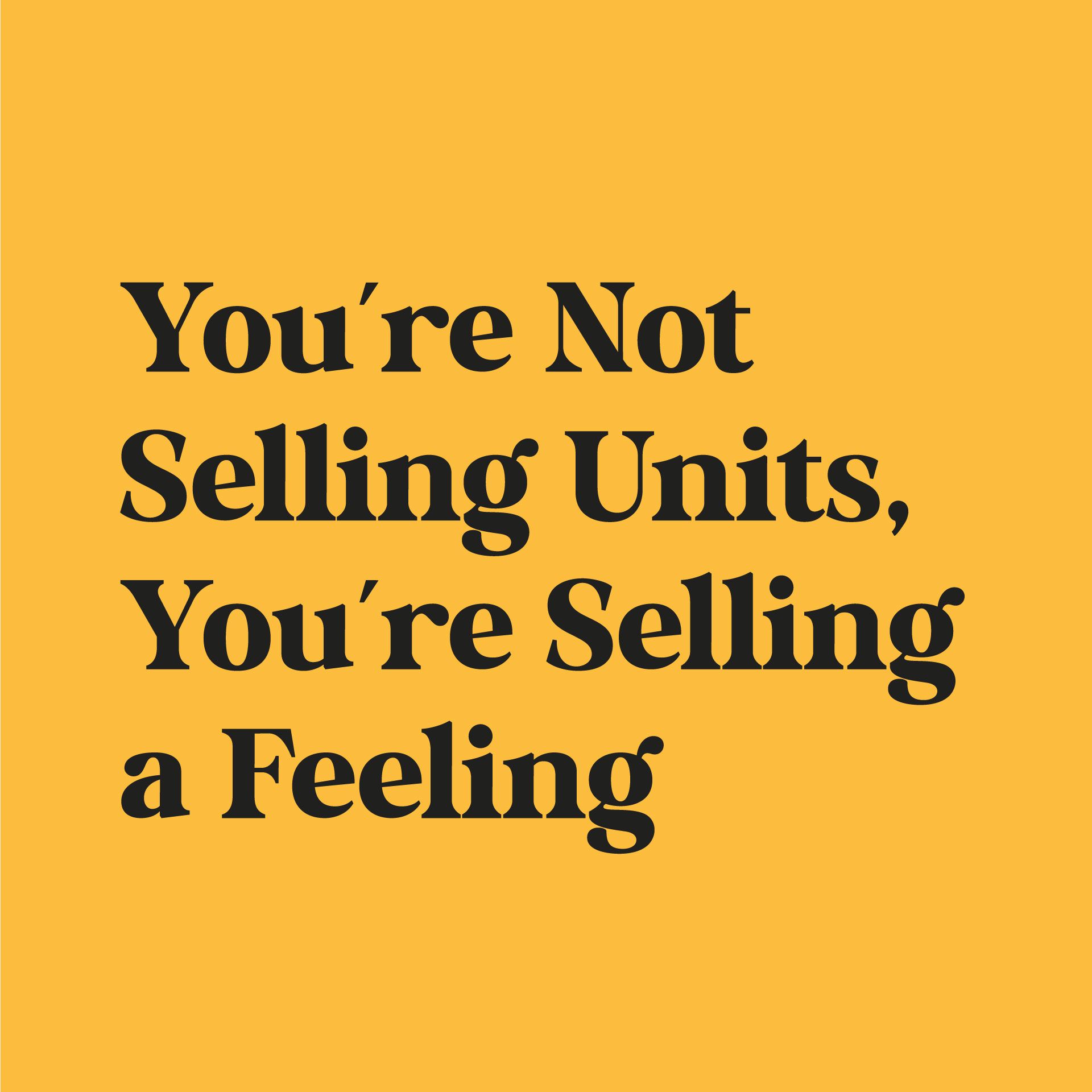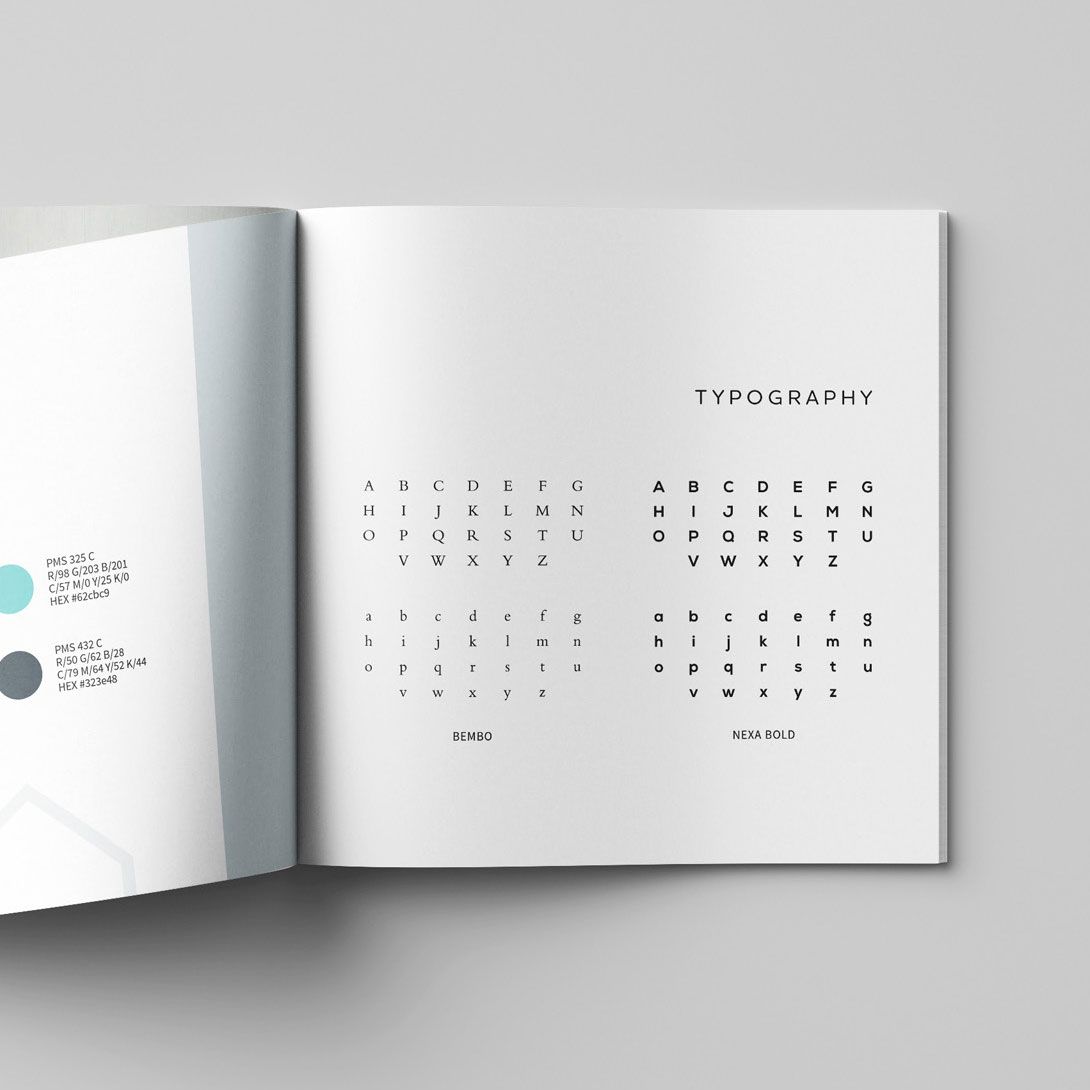Apartment Brand Research and Discovery: Don’t Skip It
The Apartment brand research and discovery phase is vital to a successful launch. It sets the stage. Just like you wouldn’t buy a house without doing an inspection, you wouldn’t launch a brand without going through the steps of research and discovery. It carefully lays the foundation for what you need to do next with your name, your logo, and your messaging.
It’s smart.
Apartment Brand Research & Discovery Includes
TARGET RESIDENT MARKET
For both the community and the market, it’s vital to identify your target resident market. When you know who you’re trying to reach, that greatly impacts both your verbal and visual identity pieces as a brand. In market segmentation, break it down into four pieces, and break it down further to get super-specific about your IRP.
Geographics – This includes where they are. Demographics – These are data points around who they are. Psychographics – This information relates to your ideal residents’ ethos and hobbies—how they spend their time and energy. Behavioral – This indicates where they are in the “funnel” and what they like to spend their money on.
GEOGRAPHICS |
DEMOGRAPHICS |
PSYCHOGRAPHICS |
BEHAVIORAL |
| Country | Age/Generation | Lifestyle | Benefits Sought |
| State | Gender | Activities | Purchasing Habits |
| City | Ethnicity | Interests | Brand Loyalty |
| Neighborhood | Income | Opinions | Usage Frequency |
| Density | Education | Concerns | Occasion or Timing |
| Population | Social Class | Personality | Buyer Readiness |
| Climate | Marital Status | Values | Engagement Level |
| Language | Family Size | Attitudes | |
| Life Stage | Political Affliation | ||
| Occupation | |||
| Religion |
LOCATION
It really is all about location, right? Our internal team will take a look at where your building is (or will be, for new construction)—what’s around it, what’s nearby, what are the local hotspots, conveniences, attractions, and history, and how the area is perceived.
COMPETITIVE MARKET
Investigating who you’re “up against” can be key for determining what makes you special and different: do you have a gym on site? More community events? Bike storage? Looking at what the competitors are lacking (and making sure you’re not missing what they have) will be helpful for figuring out how to tailor your messaging to fully identify your offerings.
COMMUNITY DETAILS
The really fun stuff that makes up your actual physical community can be wonderfully inspirational while we go through apartment brand research and discovery. It helps us understand the community itself in order to create a brand that flows out from what’s already determined.
- Architectural design – Art deco? Adobe style? Allowing the details of the building to come through in the font, the colors, even the brand tone can make a brand absolutely POP.
- Interior style – The details of stylistic choices can impact your brand in a big way. We’ll often be inspired by mood boards, whether they’re from you or from us. Color palettes, pattern and texture, design elements—everything comes together to make a big, beautiful brand.
- Amenities – Your amenities go hand in hand with your brand. You could be simple, standard, elevated, or luxurious. Work with what you have, and be realistic about what you’re offering. (i.e. Don’t claim luxury if you’re offering simpler student housing.) And then: tweak your brand messaging to align with it!
COMPANY VISION
Sometimes the ownership of the up-and-coming brand comes into our discussions with something particular in mind. We love that! If you have something vital that must come through your brand (and/or your community name) we are all ears. We’ll add it into our research and discovery phase, making sure that you have a few branding options that work within your ideal parameters. For example, if you are hoping to name an apartment building after one of your founders, we’ll try every possible angle to include that vision—sometimes when you have more choices, the winner becomes more clear.
Remember: Every unique service or offering you have is a differentiator, to put you higher up on the list of possibilities for your future residents.
How does Research & Discovery Impact Brands?
Your name, your logo, and your messaging have to come from somewhere. If you’re a new construction, dream big. If you’re taking over as new management and going through a rebrand, look closely at what you’re working with. Either way, you need to come up with some solid pieces of your community that will inform your brand in both the visual and the verbal sense. When you’ve put the work in (the ol’ apartment brand research and discovery phase) your residents should be able to say, “If I live there, I’ll be X or feel Y.” That’s the power of excellent branding. And when a resident trusts you, they’re more likely to stay—because you’ve done what you said you would. The power of positive research, in branding, is better for leases than any amount of positive thinking.
How to Prep for Branding Projects
When it’s time for apartment brand research and discovery—make sure you’re fully prepped. Typically, we ask for quite a few pieces from our clients because we want the full picture (not just half of a jigsaw puzzle with a couple of key pieces missing). When we have it all, we can start formulating a brand strategy that will dazzle and delight—instead of fizzle and fail.
NEW CONSTRUCTION BRANDING
When we do a new construction branding project, we want it all (cue Queen) including:
- Architectural Files
- Interior Design Mood Board
- Color and Finish Schedules
- Renderings, if they’re available
- List of Amenities: (both unit amenities and common area amenities)
- Pitch Deck/Equity Book/GEO Study: This investor research paves our way.
It’s like the start of a brochure. Or…a dating profile of sorts. Speaking of which:
BRAND PERSONALITY PROMPTS
Play a quick game of Get To Know Your Brand, with a few prompts to give you a stack of personality traits to weed through (Maybe 20-30). Mark up your favorites (5-6) and now you have a handful of your top personality traits—perfect for providing direction to your marketing team and branding providers and graphic designers (us)!
- On a first date—how does your brand act?
- At a cocktail party, what’s your brand wearing (outfit and attitude)?
- If your brand had a dream home, where would it be? Country? Top-floor Penthouse? Yacht?
- When your brand feels totally comfortable, how does it interact with others? Shy? Introverted? Outgoing? Extroverted?
- What’s on your brand’s “bucket list”?
Every one of these Dating Game-style questions help us to get to know your brand a little better. See the style, the passion, the goals, the priorities, and the values. Plus, it might be the most fun you’ll have in the midst of your apartment brand research and discovery phase.
OUR BRAND QUESTIONNAIRE
Our favorite questions to ask of apartment brands are similar, but a little bit more pointed, to get you thinking hard about what’s most important to your brand’s success. Every one of these questions helps us cut to the chase—to see the inner workings of your brand now, or your eventual, aspirational brand. See more of our brand questionnaire here.
Zipcode Creative Provides Apartment Brand Names
We’re the Jacques Cousteau of apartment brand names—we take a deep dive so you can enjoy the wonderful treasures of a clearly and cohesively named apartment community: more signed leases, and higher resident retention rates.
We work to cover all the bases, so you can be sure that you’ve got a solid choice for a name. We’ll give you name concepts along with the logic behind them. We’ll search for meaningful inspiration for the name from the project, the locale, the company, or the owner. We’ll also research the name for viability of use in these areas:
- US trademark search
- Online reputation search
- Website domain availability
- Social handles availability (IG, FB)
- Digital impact (SEO)
Imagine if you’d picked out the perfect name, but there were 0 social handles available, and all the good website versions of the name were used up! You’ll also want to make sure that every bit of energy you’re putting into the name doesn’t land you in a tough SEO spot—competing with a lot of other “Aston apartments” search results, for example.
Along with these services, we give recommendations for best choices among the name concepts we provide you and answer any questions you might have. There’s so much to a name—and plenty of research is par for the course. For good names, anyway.
Through hiring a pro team of researchers, designers, copywriters, and marketers, (hey, like us!) you’ll be able to confidently proceed with your brand strategy (and name)!
